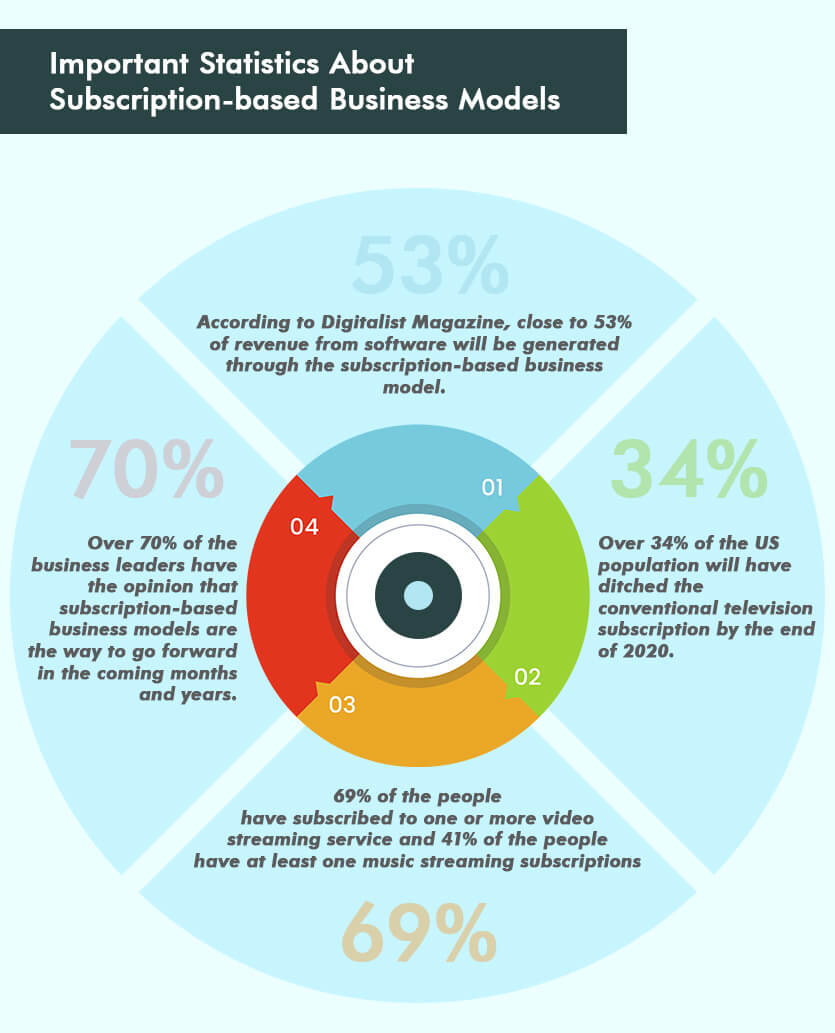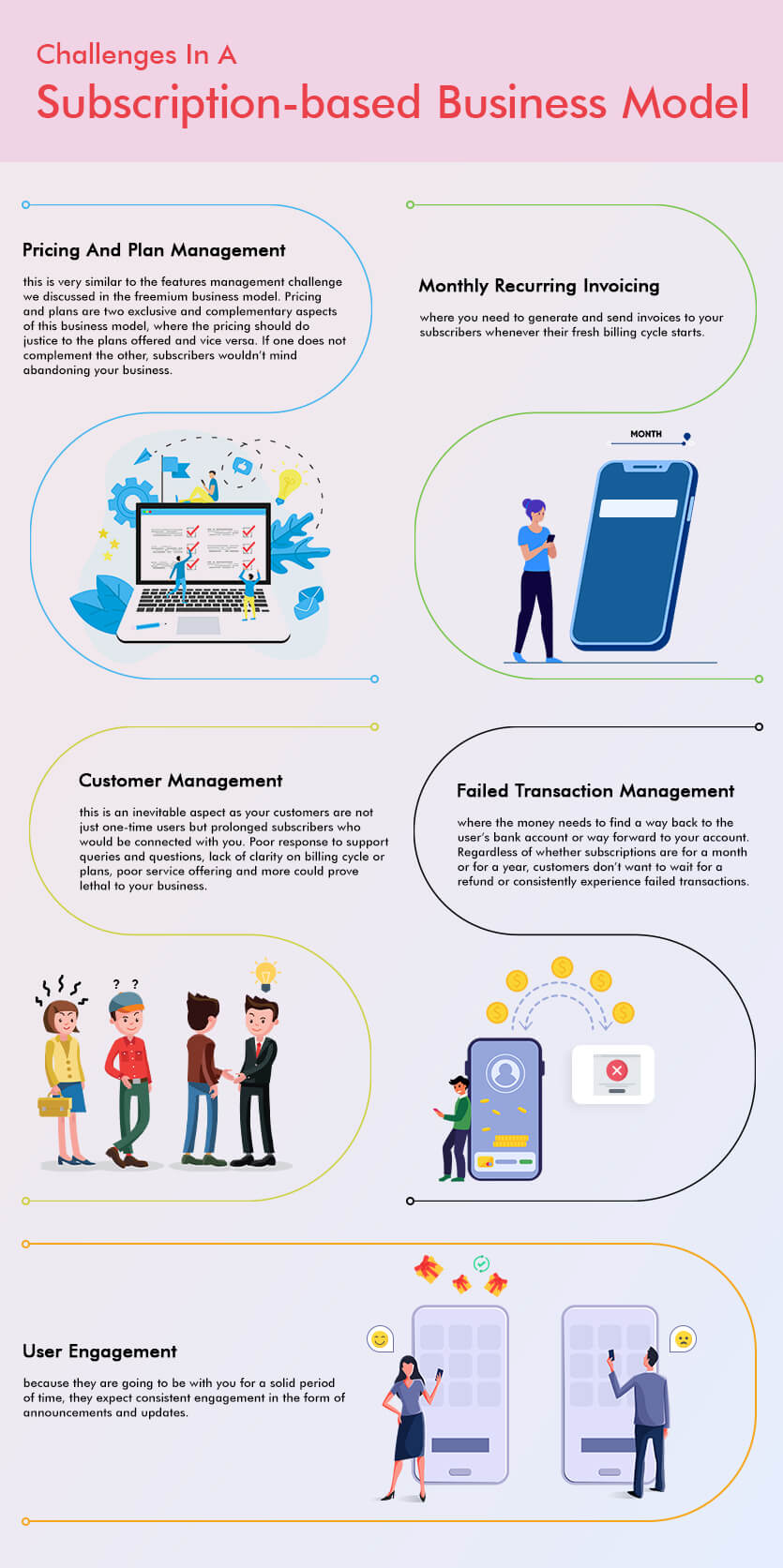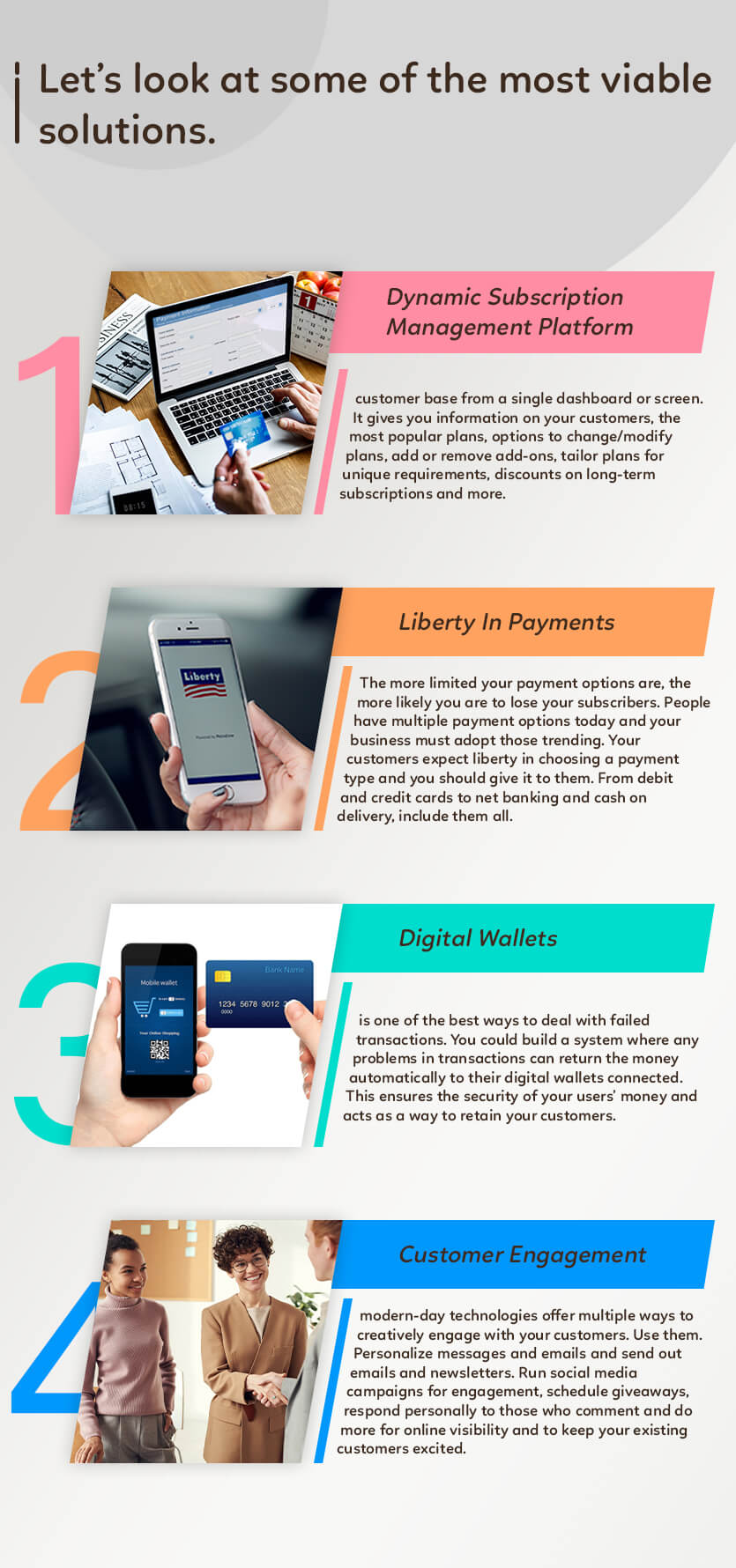-
solutinos
-
Hire
Frontend Developer
Backend Developer
-
NodeJS Developer
-
Java Developer
-
Django Developer
-
Spring Boot Developer
-
Python Developer
-
Golang Developer
-
Ruby on Rails Developer
-
Laravel Developer
-
.NET Developer
Technology
-
Flutter Developer
-
React Native Developer
-
Xamarin Developer
-
Kotlin Developer
-
Cross-Platform Developer
-
Swift Developer
-
MongoDB Developer
-
C Developer
-
Smart Contract Developers
Cloud
-
-
Services
Mobile Development
Web Development
- Work
-
Multi Services App
-
Food Delivery App
-
Grocery Delivery App
-
Taxi Cab Booking App
-
Multi Services App
-
OTT Platform APP
-
Social Media APP
-
Freelance Service App
-
Car Rental App
-
Medicine Delivery App
-
Liquor Delivery App
-
Sports Betting App
-
Online Coupon App
-
eLearning App
-
Logistics & Transportation App
-
Courier Delivery App
-
On-Demand Real Estate App
-
E-Wallet APP
-
Online Dating App
-
Handyman Services App
-
-
Process
-
Company
.jpg)
This post is going to be really interesting as I am about to take you through a very interesting business model that most of us are using on a daily basis.
Hello and welcome to our Retail and Ecommerce Guide series, where we explore some of the most prominent business models in-use in the market so you could implement the ideal one for your business growth and profit.
Our last post was on freemiums, which is very closely related to what we are about to explore today. We understood what freemiums are, their different types, its history, the challenges and solutions and the future of freemiums.
Today, we are going to deep-dive into what we call a Subscription-based business model in the market.
If you use a product or service like Netflix, Dropbox, Spotify and more, you are already familiar with this model.
But we will understand the model from a business perspective and see how you could tailor this to meet your store or Ecommerce requirements if it makes sense.
Let’s get started.
What Is A Subscription-based Business Model?
Like the name suggests, it is where you pay a price (either monthly, quarterly or yearly) for the use of a particular product or a service. This is one of the hottest business models that allows entrepreneurs and businesspeople to retain their customers for a specific period of time.
When you subscribe to a product or a service, it means that you find value in what you get. You either require the product to accomplish something for a considerable amount of time or that product or service adds value to your life in one way or another.
So, one of the first things to understand here is that not all businesses can be powered by a subscription-based business model as what you offer has to consistently solve the purpose of your intended audience.
SaaS products are one of the best examples of this business model, where you are renting out a software from a vendor for as long as you require. Other examples include
- CRMs like Mailchimp and Hubspot and more
- Entertainment services like Netflix, Spotify
- Personal development services like Masterclass
- Productivity apps like Calm, Office 365 and more
A Brief History of Subscription-based Business Model
If you’ve been thinking that the subscription-based business model is comparatively new in the economy, you’ve to slightly revisit your thoughts. This business model goes back in time when computers were not even invented.
Let’s go back to the 1600s, shall we?
One of the first instances or applications of this business model was when newspapers and magazines offered a subscription to their editions and issues for a yearly or monthly payment. They usually offered discounted prices if you availed yearly subscriptions and got some goodies as incentives as well.
This business model ensures that you have a specific customer count for an estimated period of time. So, the focus here is mostly on customer retention than customer acquisition. Providing something useful and updating your services to consistently keep your users hooked to your offering is key in a subscription-based business model.

Important Statistics About Subscription-based Business Models
- According to Digitalist Magazine, close to 53% of revenue from software will be generated through the subscription-based business model.
- Over 34% of the US population will have ditched the conventional television subscription by the end of 2020.
- 69% of the people have subscribed to one or more video streaming service and 41% of the people have at least one music streaming subscriptions
- Over 70% of the business leaders have the opinion that subscription-based business models are the way to go forward in the coming months and years.
How Does A Subscription-based business Model Work?
For the uninitiated, this business model involves a recurrent payment to your service provider. The process begins by you signing up for services on your preferred brand’s website or application.
While some offer a free trial period of one month or 14 days, some don’t.
To get started, you need to explore multiple plans the business offers and choose the one that is most ideal for your requirements. Plans are generally divided into basic, advanced and premium that offer incremented features and options.
Once you select the plan, you are required to share your credit card details so your account is automatically renewed at the end of every month.
You can always cancel a subscription at any time and that reflects on your next billing cycle.
If a business offers subscription and conventional services, realize that subscribers have added advantages like early access, enhanced features, additional options and more.

Challenges In A Subscription-based Business Model
All businesses have challenges and a subscription-based business is no exception. Similar to how it tailors its services to its plans it offers, there are challenges specific to this industry. Here, we have identified the plaguing concerns.
Pricing And Plan Management : this is very similar to the features management challenge we discussed in the freemium business model. Pricing and plans are two exclusive and complementary aspects of this business model, where the pricing should do justice to the plans offered and vice versa. If one does not complement the other, subscribers wouldn’t mind abandoning your business.
Real-world Scenario : when you offer diverse plans, the higher plan should always feature options/functionalities that are not part of other lower plans. This way, customers get value for what they pay and enjoy the basics if your fundamental plan is available for free. A lot of MVP testing and validation are required for this.
Monthly Recurring Invoicing : where you need to generate and send invoices to your subscribers whenever their fresh billing cycle starts.
Real-world Scenario : this is a real challenge if this process is not automated as it is humanly impossible to manually generate invoices for your subscribers if your business consistently grows. The monthly invoice should also have plan-specific details such as billing cycle dates, usage, upgrade information and more.
Customer Management : this is an inevitable aspect as your customers are not just one-time users but prolonged subscribers who would be connected with you. Poor response to support queries and questions, lack of clarity on billing cycle or plans, poor service offering and more could prove lethal to your business.
Real-world Scenario : This business model focuses more on customer retention than customer acquisition. When your services are good and worth the money spent, your customers would spread the word about your business for you. If it’s bad, they would spread the negative aspects, too.
Failed Transaction Management : where the money needs to find a way back to the user’s bank account or way forward to your account. Regardless of whether subscriptions are for a month or for a year, customers don’t want to wait for a refund or consistently experience failed transactions.
Real-world Scenario : your payment gateway (3rd party or basic) should be reliable and support your business’ unique requirements. Customers take only minutes to experience the quality of your service or product and prefer your competitor. So, a good payment system is highly recommended.
User Engagement : because they are going to be with you for a solid period of time, they expect consistent engagement in the form of announcements and updates.
Real-world Scenario : Your job doesn’t end with a customer signing up. It starts after that. So, you need to ensure activities and plans that are spread through the duration of your customers’ subscription.

Overcoming the Challenges Of Subscriptions And Recurring Billing In Emerging Markets
These hardcore challenges have simple solutions that have been tried and tested by companies across the globe. Let’s look at some of the most viable solutions.
Dynamic Subscription Management Platform : that allows you to get insightful details on your customer base from a single dashboard or screen. It gives you information on your customers, the most popular plans, options to change/modify plans, add or remove add-ons, tailor plans for unique requirements, discounts on long-term subscriptions and more.
Liberty In Payments : the more limited your payment options are, the more likely you are to lose your subscribers. People have multiple payment options today and your business must adopt those trending. Your customers expect liberty in choosing a payment type and you should give it to them. From debit and credit cards to net banking and cash on delivery, include them all.
Digital Wallets : is one of the best ways to deal with failed transactions. You could build a system where any problems in transactions can return the money automatically to their digital wallets connected. This ensures the security of your users’ money and acts as a way to retain your customers.
Customer Engagement : modern-day technologies offer multiple ways to creatively engage with your customers. Use them. Personalize messages and emails and send out emails and newsletters. Run social media campaigns for engagement, schedule giveaways, respond personally to those who comment and do more for online visibility and to keep your existing customers excited.
Future Of Subscriptions-based Business Model
The success of a subscription-based business lies in precisely understanding customer requirements and catering to them. The more a company listens to customers, the more it is bound to grow. That’s why the future of this business model will be all about advanced machine learning and artificial intelligence concepts and algorithms that keep learning more about their users individually.
Because of this, advanced recommendation engines will be built that will suggest real-time products and services customers are most likely to prefer based on their historic data and interests. Plans and pricings are also anticipated to be more dynamic and inclusive to meet the needs of people from diverse financial backgrounds.
From a few certain aspects, it does seem like subscription-based businesses are the future. As technology seeps further into our lives, we are bound to be more dependent on them. This dependency will only make customers subscribe for the inevitable.
If you intend to develop a subscription-based business, this is the most ideal time. We highly recommend getting in touch with us as we would tailor your app or website according to today’s trend and tomorrow’s demands.
Reach out to us today.